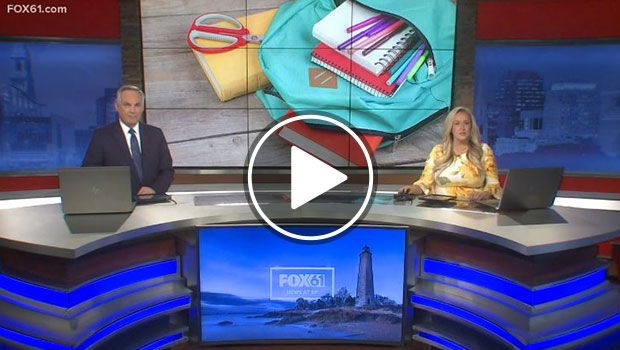Building Successful School Communities
Support the teaching profession by elevating teachers voices in decisions impacting students and public education, and provide additional resources to address trauma impacting students, including improving the student to counselor ratio to meet nationally recognized standards.
Support teachers with acceptable counselor, social worker, and other certified staff ratios.
Ensure that the ratios of social workers, school counselors, speech pathologists, and other certified staff meet national standards. For social workers and school counselors, the student to teacher standard is 250:1; for school psychologists, it’s 500:1; and for special education teachers, speech pathologists, and paraprofessionals, ratios recommended by nationally recognized organizations.
Raise the Kindergarten start age.
Join with the 49 other states that believe that children should be at least 5 years old to start Kindergarten.
Elevate Teacher Voices in decision making processes.
Ensure that teacher voices are heard in determining SEL supports and behavioral interventions, as well as curricular decisions. Require districts to ensure teachers are provided an opportunity for a behavioral intervention meeting to identify sources and supports to address SEL needs and include educators when convening curriculum committees to review or write curriculum.
Identify where resources are needed to address trauma impacting students and teachers.
Require boards of education to report annually a needs assessment identifying resources necessary to address the level of student trauma impacting children and staff in its schools.
Prohibit Dual Instruction.
Prohibit dual teaching such as the teaching of remote and in-person at the same time by a single teacher.
Employ Administrators with an appropriate level of classroom experience.
Increase the number of years of teaching experience to 6 years for administrator certification and 10 years to serve as a building principal.
Chris Carlisle speaks about a very emotional story and shows the importance of more support for Connecticut students.
Children need more mental health supports in school.
We must increase supports for children’s mental health.
Educators talk about the mental health crisis students are experiencing and the need for legislators to act.
Danbury school counselor Curtis Darragh on students’ mental health.
Schools with the worst student to school counselor ratio
There is a national emergency in children’s mental health. Children and youth are experiencing soaring rates of anxiety, depression, trauma, loneliness, and suicidality. Mental health challenges can affect success at school and in life, yet few students get the help they need to thrive.
BY THE NUMBERS
547,000
Number of K-12 Students (2022 Projection)
1:548
Ratio of School Psychologists to Students (Recommended Ratio 1:500)
39,000
Children with major depression
1:580
Ratio of School Social Workers to Students (Recommended Ratio 1:250)
24,000
Children with major depression who do not receive treatment
1:457
Ratio of School Counselors to Students (Recommended Ratio 1:250)






